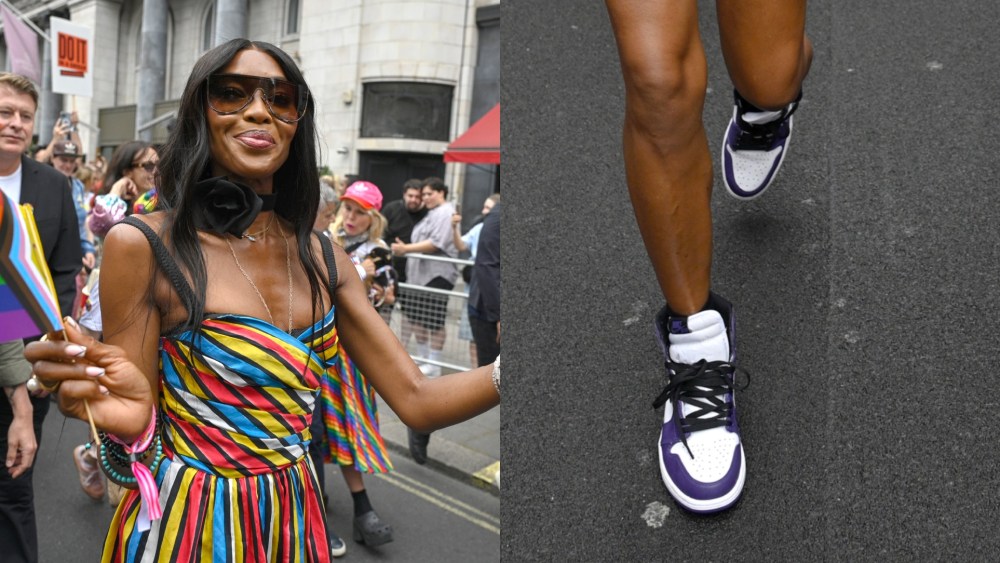Under Armour’s reset has yet to take root but things are headed in the right direction. One year after beginning a company-wide restructuring, the Baltimore-based sports brand reported fourth quarter and year-end results that, while still not pretty, managed to beat Wall Street expectations.
On Tuesday before the opening of the market, Under Armour reported an operating loss of $72 million and an adjusted operating loss of $36 million after transformation expenses, restructuring charges and litigation settlement expenses in the fourth quarter ended March 31. The net loss was $67 million and the adjusted net loss was $35 million.
Overall sales were down 11 percent to $1.2 billion — which beat analyst expectations of a 12.4 percent drop. North American sales continued to decline, also dropping 11 percent to $689 million, while international revenue fell 13 percent to $489 million. By region, sales were down 27 percent in Asia-Pacific, 10 percent in Latin America and 2 percent in EMEA.
You May Also Like
The wholesale business remained challenged, dropping 10 percent to $768 million in the quarter while direct-to-consumer fell even more, declining 15 percent to $386 million. This includes a 6 percent drop at the company’s owned and operated stores and a 27 percent decline in e-commerce sales, which accounted for 37 percent of the total DTC business. The company attributed the declines to “planned reductions in promotional activities.”
By category, apparel revenue decreased 11 percent to $780 million in the quarter, footwear was down 17 percent to $282 million and accessories dipped 2 percent to $92 million.
Despite the struggles, Under Armour president, chief executive officer and founder Kevin Plank put a positive spin on the numbers. “One year into our strategic reset, we’re laying the groundwork for a more focused Under Armour. By elevating products and storytelling, tightening distribution, and refining our operating model, we are in the process of reigniting brand relevance and positioning the business for sustainable, profitable growth,” he said. “Our fourth quarter performance contributed to fiscal 2025 results that were better than the expectations we set a year ago and we are demonstrating traction in our efforts to reposition the brand.”
For the year, the company reported an operating loss of $185 million but adjusted operating income of $198 million. The net loss was $201 million and the adjusted net income was $135 million.
Sales for the full fiscal year decreased 9 percent to $5.2 billion with North American sales dropping 11 percent to $3.1 billion and international revenue down 6 percent to $2.1 billion with flat sales in the EMEA, a 13 percent drop in Asia-Pacific and a 6 percent decline in Latin America.
In the year, wholesale revenue fell 8 percent to $3 billion and direct-to consumer sales fell 11 percent to $2.1 billion with owned and operated store revenue falling 2 percent and e-commerce sales, which accounted for 35 percent of the total DTC business for the year, down 23 percent.
By category, apparel revenue fell 9 percent to $3.5 billion, footwear was down 13 percent to $1.2 billion and accessories down 1 percent to $411 million.
As a result of what Plank characterized as “a complex macroeconomic backdrop,” the company only provided guidance for the first quarter of fiscal 2026. Revenue is expected to decline between 4 percent and 5 percent, which anticipates a drop of 4 to 5 percent in North America, a mid-teen percent decline in Asia-Pacific and high single-digit growth in EMEA. Operating income is expected to be between $5 million and $15 million and adjusted operating income is forecasted at between $20 million and $30 million.
Plank remained optimistic about the company’s future, saying “sharpened execution, alignment, and focus – bolstered by the move to a category-led operating model — equip us to navigate ongoing volatility with resilience,” he said. “I’m confident in the agility we’ve built over the past year, and we are raising our bar of excellence at Under Armour.”
Last May, Under Armour revealed a restructuring plan to improve its financial and operating efficiencies that was expected to cost from $140 million to $160 million. By the end of the fiscal fourth quarter of 2025, the company had recognized $58 million in restructuring charges and $31 million in other expenses. It expects the remaining charges to be realized during fiscal 2026.
The company will hold a call for investors before the market opens Tuesday morning.



